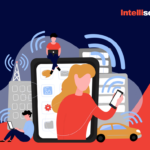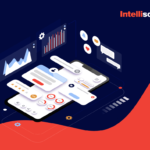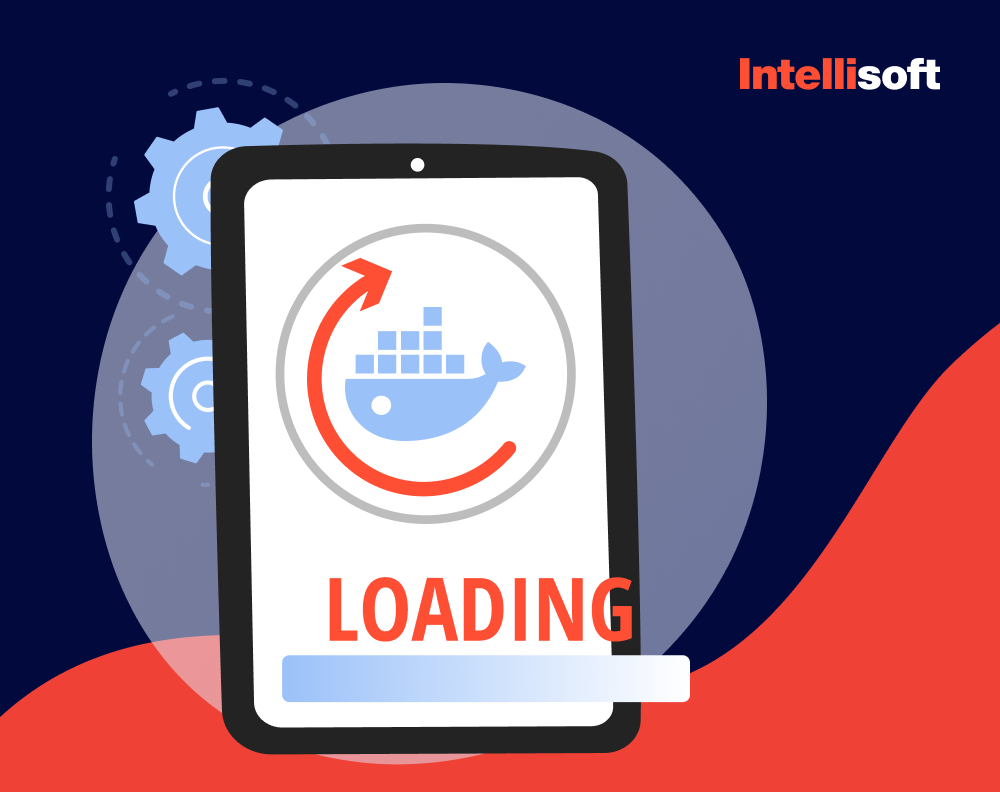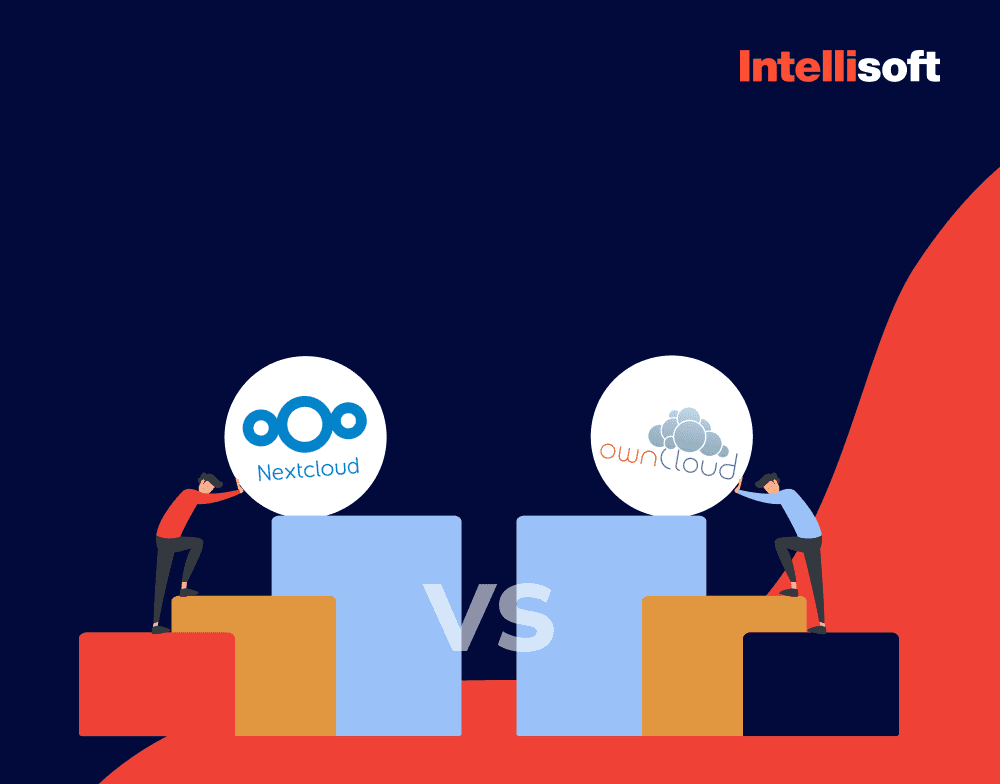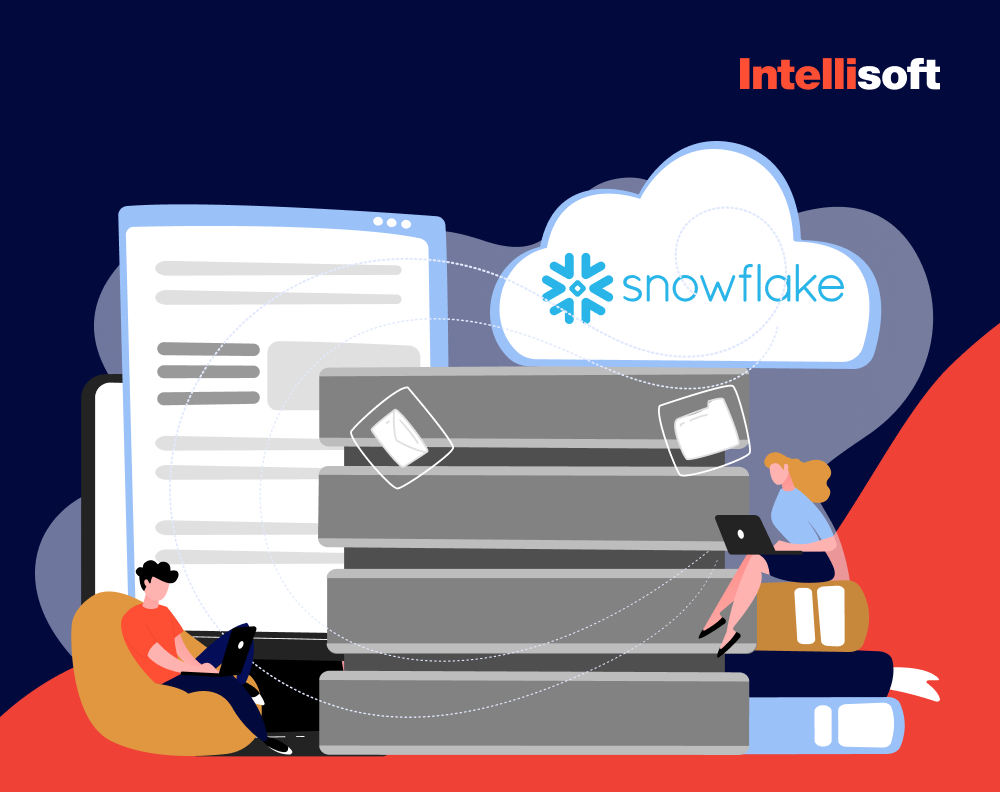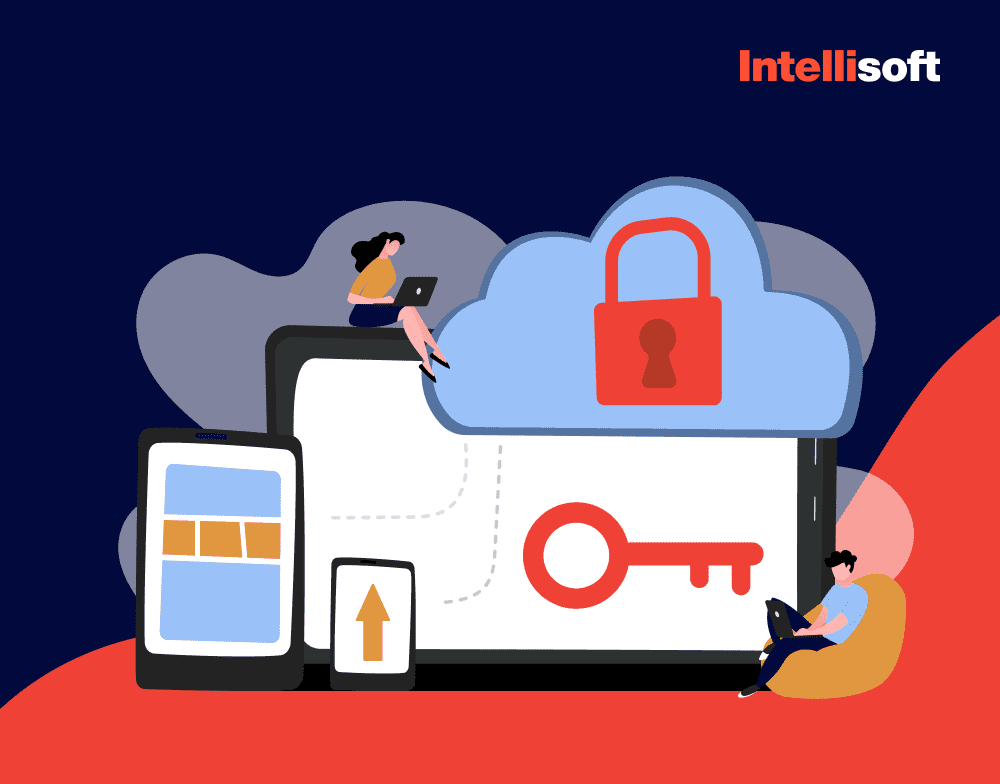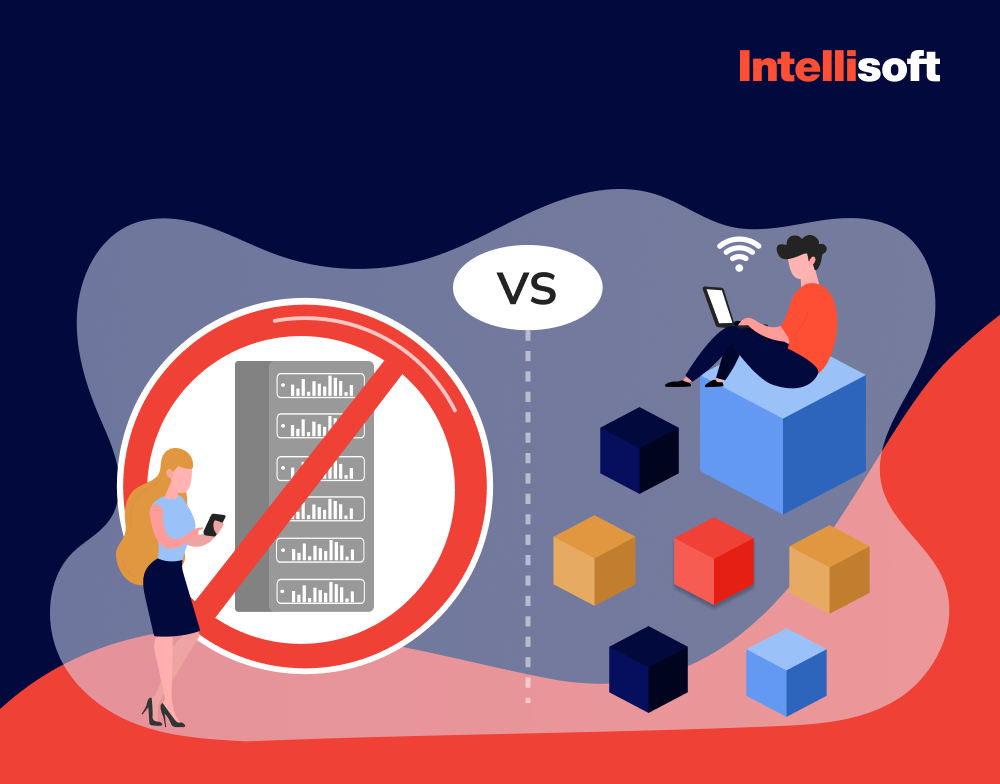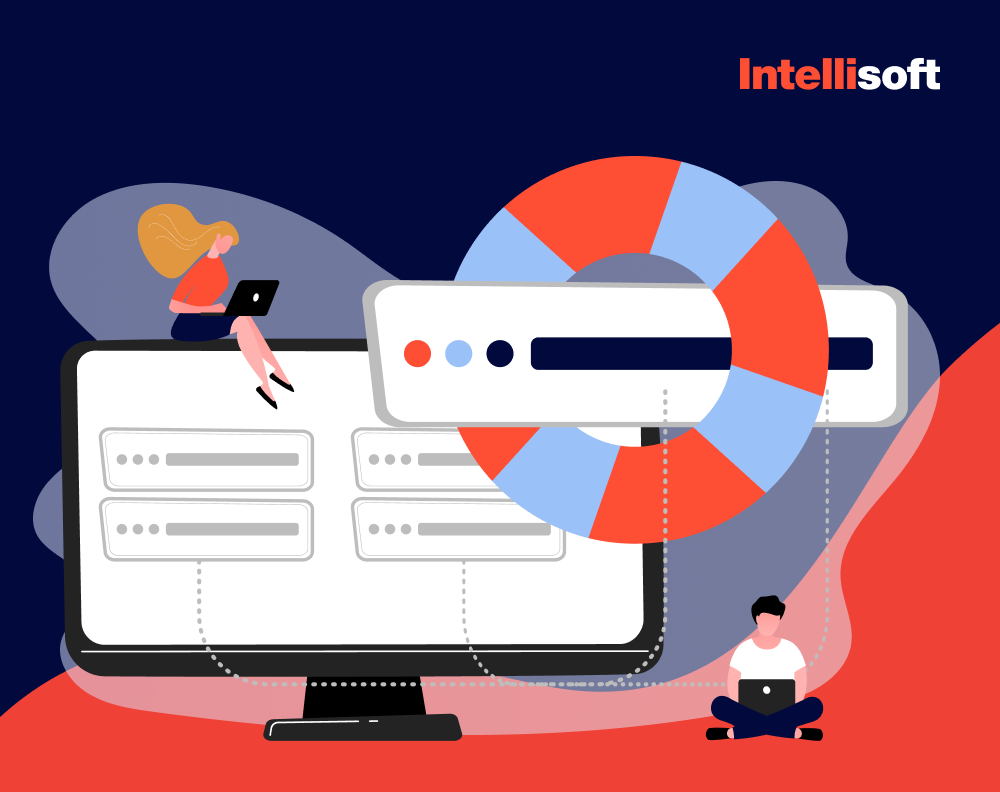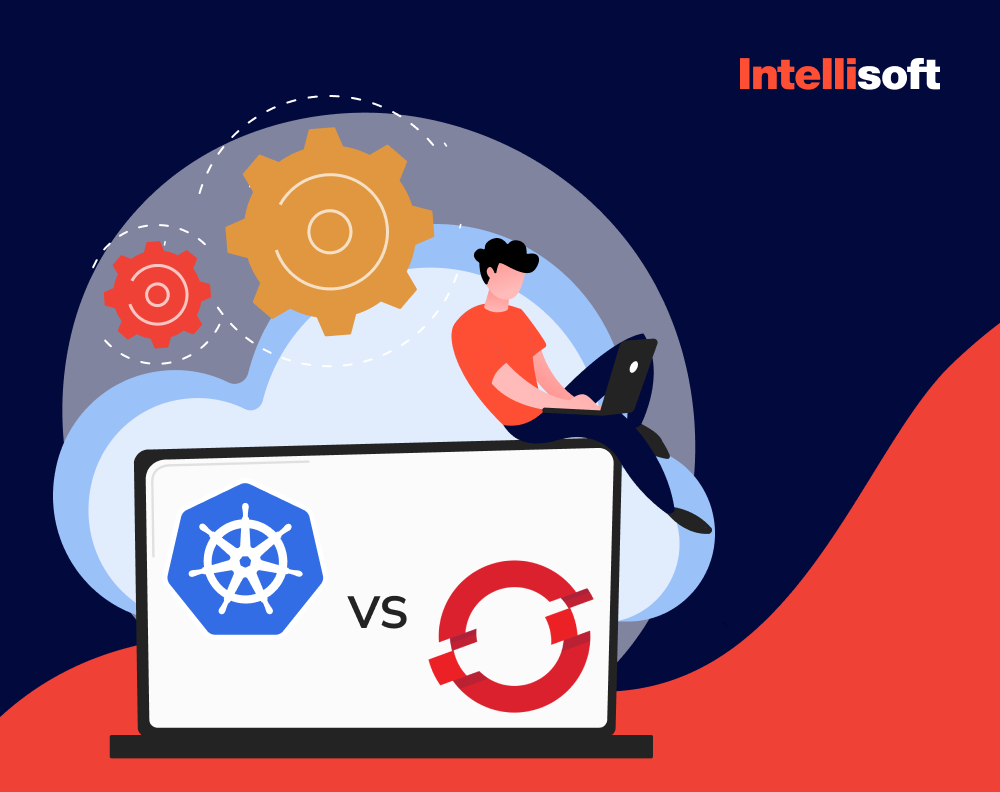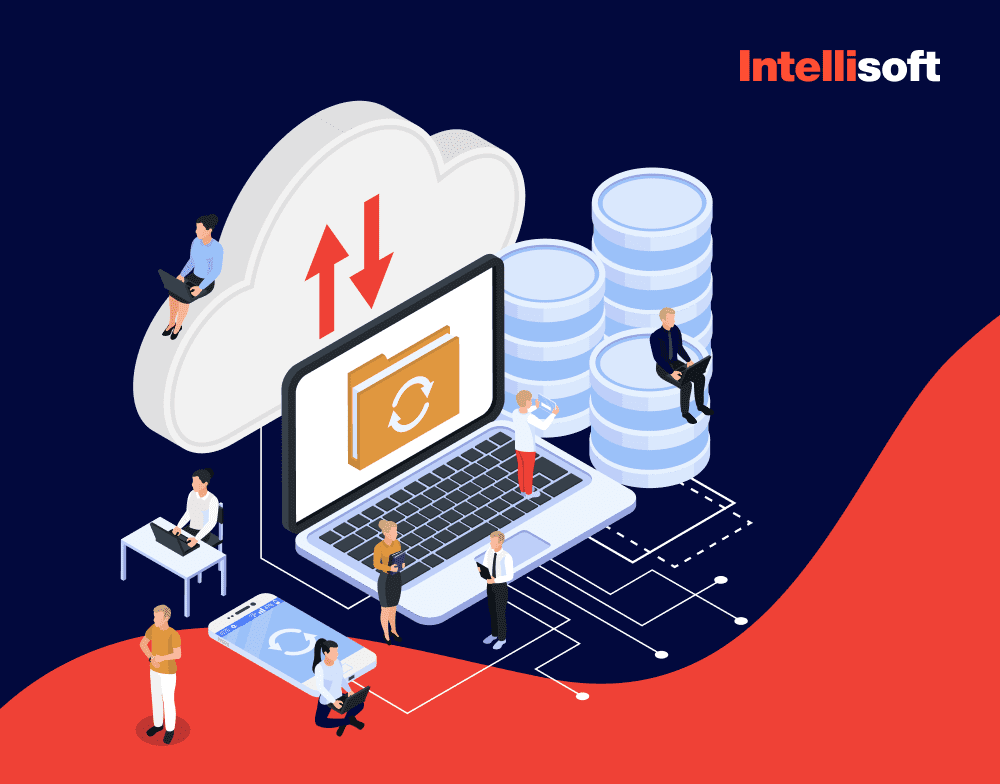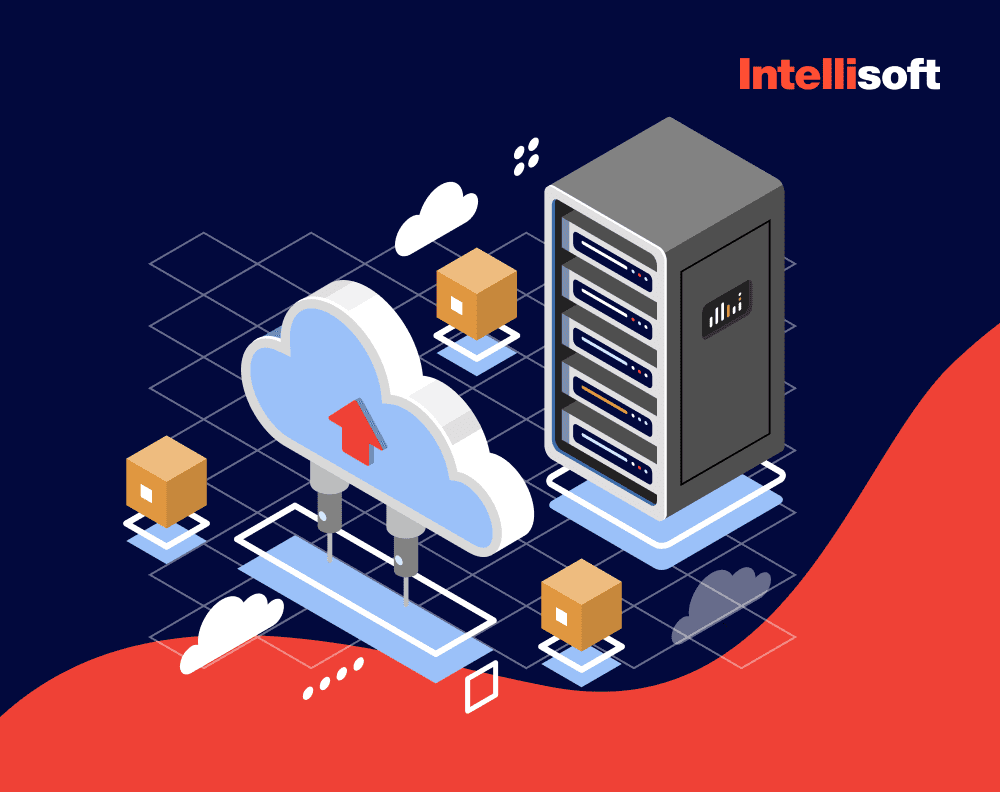The introduction and evolution of cloud computing allowed enterprises to take their operations to new heights, supplementing private data centers with global servers. This approach allowed businesses to scale their computing infrastructure up and down as needed, reach incredible flexibility, and ensure heightened security. Moreover, IoT now relies on edge computing and cloud computing. The data generated by IoT devices frequently demands swift processing and real-time analysis. Cloud computing addresses this need by employing a centralized, cloud-based location, often situated many miles away from the device, typically in a data center.
Edge computing, on the contrary, strategically relocates data computation, analysis, and storage closer to the devices at the point of data collection. In this way, edge computing eliminates the necessity to transmit information back to the cloud, fostering efficiency and reducing latency.
Both cloud and edge computing have multiple advantages and use cases, and you can use them together or interchangeably. If you are new to the world of cloud and edge computing and want to compare the two to see the main differences, IntelliSoft will help you. We have been guiding our clients through the world of IoT app development for more than 13 years, so the intricacies of both types of computing are no secret to us. Embark on this journey with us, and let’s explore what cloud and edge computing is and the main differences between edge computing vs cloud computing.
Table of Contents
The Internet of Things (IoT) Landscape
Currently, there are more than 15 billion IoT-connected devices worldwide, and this number is expected to reach 29.42 billion by 2030. The IoT ecosystem consists of interconnected devices, sensors, physical servers, services, and software interacting with each other via the internet. The network they create allows the devices to collect, share, and process data as well as perform tasks without human interaction.
Let’s explore the key components of the Internet of Things ecosystem and their examples:
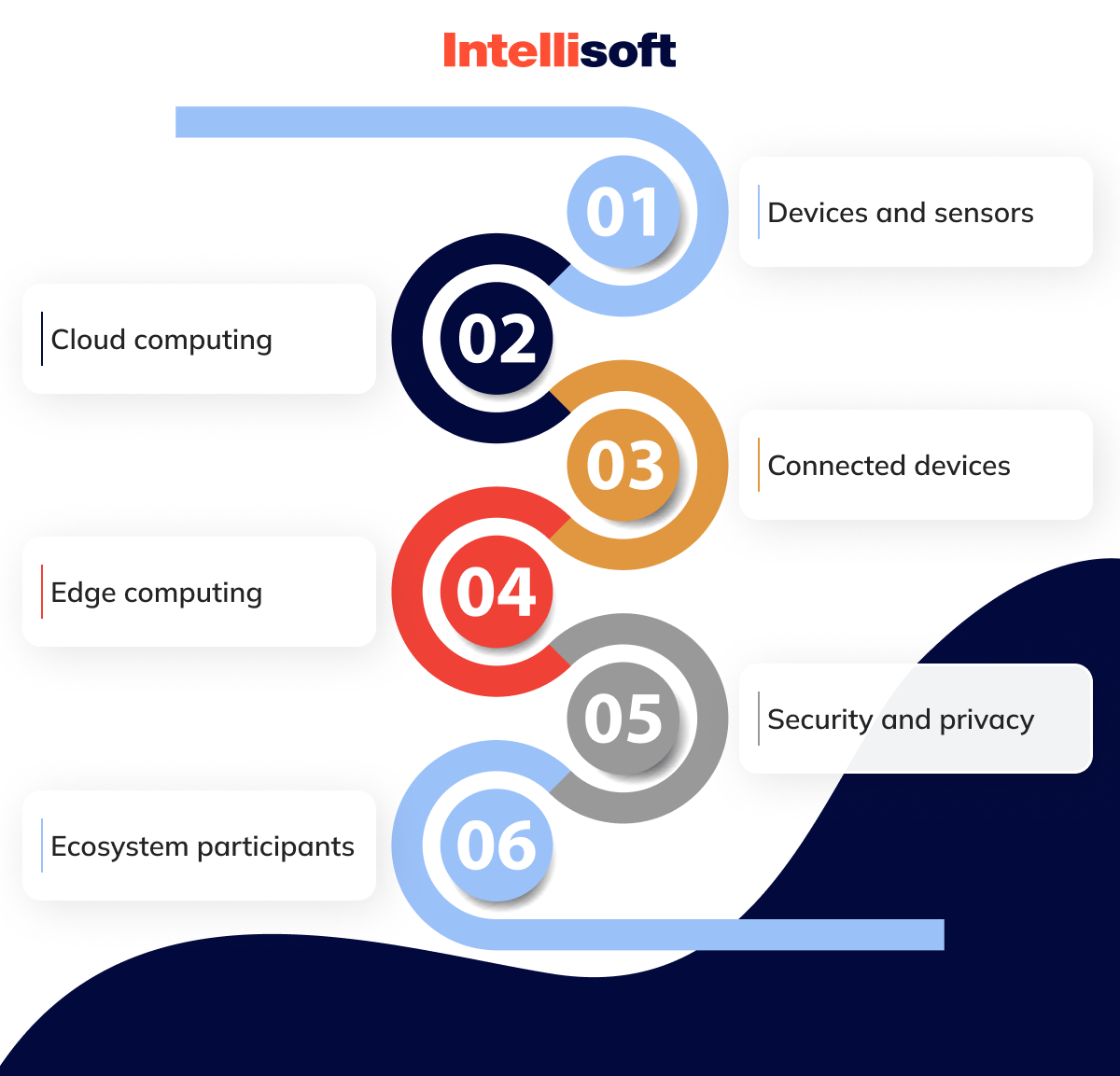
- Devices and sensors. For example, these can be wearable fitness trackers, smart thermostats, industrial sensors, and connected vehicles.
- Cloud computing. Cloud services offer the essential infrastructure for handling the vast volumes of data produced by IoT devices.
- Connected devices. IoT devices use communication protocols and technologies to connect and share data, including Wi-Fi, Bluetooth, cellular networks, etc.
- Edge computing. Edge computing services entail processing data in proximity to the source, such as Internet of Things (IoT) devices, rather than transmitting all the data to the cloud. This methodology diminishes latency and facilitates the real-time processing of crucial data.
- Security and privacy. The most important aspect of the IoT ecosystem is its security. Thus, it is essential to implement measures such as authentication, encryption, and regular software updates.
- Ecosystem participants. The Internet of Things (IoT) ecosystem encompasses a diverse array of participants, including device manufacturers, software developers, cloud service providers, data analysis companies, telecommunications firms, and end users.
Growing Importance of Computing Paradigms in IoT
The growing importance of computing paradigms in the Internet of Things (IoT) signifies a pivotal shift in the way we perceive and harness the potential of interconnected devices. As the IoT ecosystem continues to expand rapidly, the role of cloud computing and edge computing becomes increasingly crucial in shaping the functionality, efficiency, and security of interconnected systems.
Thus, traditional computing models are giving way to more advanced and tailored paradigms that address the unique challenges posed by IoT environments. These paradigms include edge computing and cloud computing. The main idea behind edge computing was to provide the power of the cloud at the network edge and tackle the majority of the challenges that cloud computing couldn’t address, including bandwidth, latency, and connectivity.
The Role of Edge Computing vs Cloud Computing in IoT
The relationship between cloud vs edge computing plays a pivotal role in shaping the landscape of the Internet of Things (IoT). What is cloud and edge computing? These two computing paradigms, each with its distinctive attributes, contribute synergistically to address the multifaceted requirements of IoT environments.
Edge computing is at the forefront, revolutionizing data processing by bringing computational capabilities closer to the data source – typically at or near the IoT devices themselves. This proximity reduces latency and bandwidth usage, fostering real-time analysis and decision-making. Edge computing is instrumental in scenarios where immediate responses are critical, enabling applications to function with enhanced speed and efficiency.
On the other hand, cloud computing provides a centralized and scalable infrastructure, serving as the backbone for storage, data processing, and complex analytics. The cloud acts as a reservoir for vast amounts of data generated by IoT devices, offering the computational power required for intensive tasks. It facilitates long-term storage and data management and enables collaboration among diverse devices, forming a cohesive network within the expansive realm of the IoT.
Understanding Edge Computing
Edge computing is a distributed IT architecture where the computing operations occur close to the data source. Since the computing power is brought closer to the edge of the network, it allows processing of data faster, ensures data sovereignty, and increases bandwidth. It is possible to achieve edge computing with the help of physical devices like edge notes, cameras, sensors, and other IoT devices.
Definition and Fundamental Principles
Edge computing stands as a paradigmatic shift in IT architecture, emphasizing decentralized computational processes near the data source. Its core principles redefine traditional computing models, offering a distinctive approach to data processing. Here are the fundamental principles that underpin edge computing:
- Proximity to Data Source
At the heart of edge computing is the principle of proximity. Computational operations are strategically positioned close to the data source, minimizing the physical distance between data generation and processing. This proximity reduces latency, allowing for efficient and immediate data analysis. - Distributed Computing
Edge computing involves a distributed computing model where processing capabilities are dispersed across multiple edge nodes. This decentralization ensures that computational tasks are executed in a distributed manner, avoiding reliance on a centralized server for all processing needs. - Localized Decision-Making
One of the key principles of edge computing is the ability to make decisions locally. By processing data near the edge devices, edge computing empowers these devices to make immediate decisions without the need for constant communication with a central server. This is particularly advantageous in scenarios requiring real-time responses. - Resource Efficiency
Edge computing optimizes resource usage by distributing computational tasks to local nodes. This efficiency minimizes the need for transmitting large volumes of data across the network, reducing bandwidth requirements and ensuring a more resource-conscious approach to data processing. - Utilization of Physical Devices
Physical devices, known as edge nodes, form the foundation of edge computing. These devices encompass a range of hardware, including sensors, cameras, and IoT devices. The strategic deployment of these devices facilitates localized data processing, aligning with the core principle of bringing computation closer to the data source.
Advantages of Edge Computing
Edge computing offers multiple advantages, including:
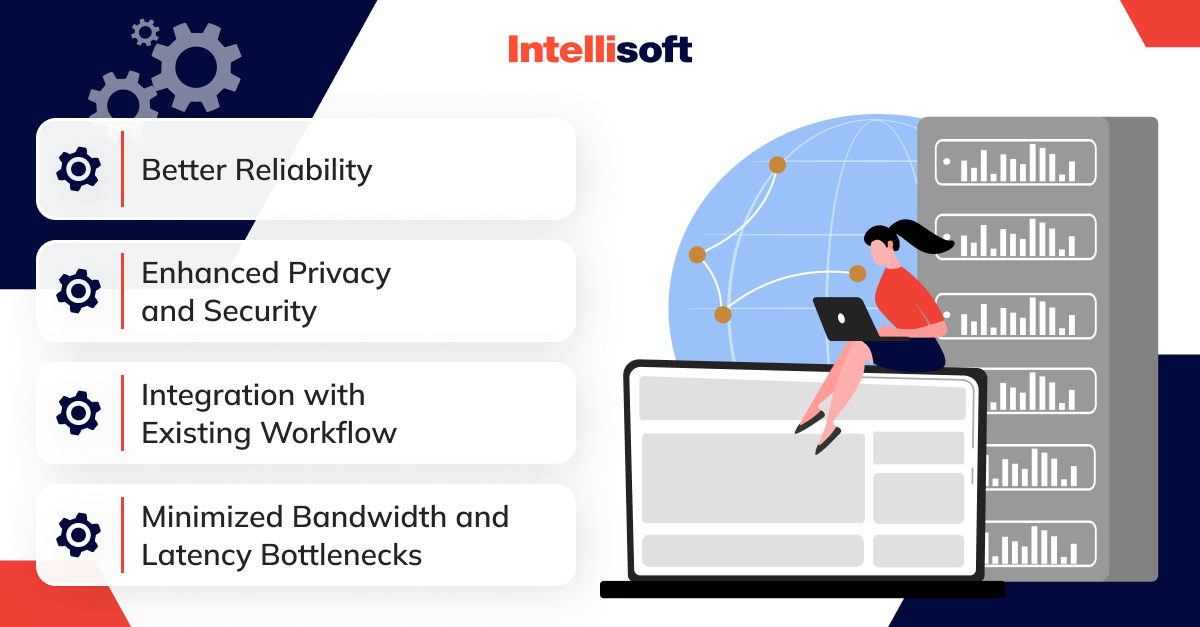
- Better Reliability
Imagine that your central server breaks down; now, everything connected to it stops working as well. With edge computing, however, you don’t have to rely on one server. Edge computing offers more reliability and mitigates the risk of a single-point failure; even if one node encounters an issue, others can seamlessly continue operations. - Enhanced Privacy and Security
Since there’s no central server and it takes less time for information to migrate and reach the edge equipment, there are fewer ways to gain unauthorized access to data. Sensitive data can be processed and analyzed on-site, reducing the need to transmit it over networks. This not only minimizes the risk of data breaches during transmission, but also aligns with regulatory requirements and enhances overall data protection. - Integration with Existing Workflow
Edge computing can be effectively used in combination with cloud computing, helping you achieve maximum results and efficiency. This collaborative approach optimizes system performance by strategically allocating tasks between edge devices and the cloud, capitalizing on the strengths of each computing paradigm. Edge computing’s real-time processing complements cloud computing’s capacity for extensive data storage and complex analytics, ensuring an efficient workflow where immediate decision-making and in-depth analysis coexist harmoniously. The adaptability of this integrated model allows organizations to scale computing resources dynamically, maintaining responsiveness and efficiency across varying workloads.
- Minimized Bandwidth and Latency Bottlenecks
Edge computing bridges the gap between data sources and computing power, allowing to transfer the data faster and improving the reliability of services. As a result, it decreases the risk of device bottlenecks since fewer data sources are connected to the single-edge device.
Related readings:
- What is Cloud Computing? Understanding the Basics, Services and Benefits
- Cloud Computing Scalability: What Is It and Why It’s Important?
- What Are the Security Risks of Cloud Computing? Threads & Solutions
- How to Hire an IoT Developer: IoT Developer Salary And Job Description
- IoT Connectivity: A Comparison Guide
- Testing IoT Devices: Why and How to Examine the Internet of Things
Disadvantages of Edge Computing
Still, edge computing has some limitations and disadvantages that you should be aware of:
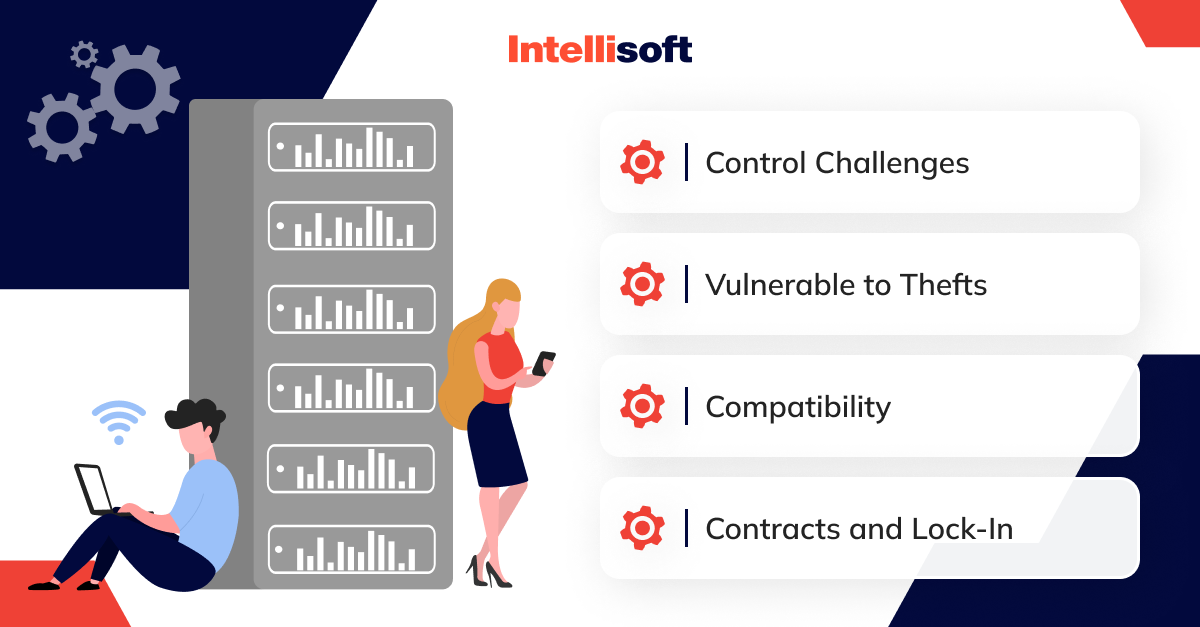
- Control Challenges
The decentralized nature of edge computing can pose challenges in terms of centralized control. Coordinating and managing numerous edge devices distributed across a network may lead to difficulties in maintaining uniform control and oversight. This lack of centralized control could potentially impact the consistency and coherence of system management. - Vulnerable to Thefts
Edge devices, often dispersed in diverse locations, can be more susceptible to physical security risks, including thefts or unauthorized access. Unlike centralized data centers, where security measures are concentrated, the distributed nature of edge computing may introduce vulnerabilities, demanding additional attention to physical security considerations. - Compatibility
Ensuring compatibility among various edge devices, especially when sourced from different manufacturers, can be challenging. Incompatibility issues may arise due to differences in hardware specifications, software configurations, or communication protocols. This complexity can hinder seamless integration and interoperability within the edge computing ecosystem. - Contracts and Lock-In
Engaging with multiple vendors for edge computing solutions may lead to contractual challenges and potential vendor lock-in issues. Organizations may face limitations in terms of flexibility and scalability if they become overly dependent on a specific vendor’s proprietary technologies or services, impacting their ability to adapt to evolving technological landscapes.
Use Cases in IoT
Edge computing in the Internet of Things (IoT) has found diverse and impactful applications, revolutionizing how data is processed and acted upon in real-time. Here are notable use cases illustrating the effectiveness of edge computing in IoT:
- Traffic Lights
Edge computing is instrumental in optimizing traffic management systems, particularly at intersections equipped with smart traffic lights. By processing data locally at the edge, traffic light controllers can make split-second decisions based on real-time information from sensors, cameras, and connected vehicles. This reduces latency, improves overall traffic flow, and enhances the responsiveness of the traffic control system. - Smart Thermostats
In the realm of smart homes and energy efficiency, edge computing plays a crucial role in smart thermostats. These devices, equipped with sensors and learning algorithms, can analyze data locally to adapt and optimize temperature settings in real time. Edge computing allows smart thermostats to respond swiftly to changes in occupancy and environmental conditions without relying on constant communication with a centralized server, contributing to energy savings and user comfort. - Autonomous Vehicles
Edge computing is a cornerstone in the evolution of autonomous vehicles, enabling real-time decision-making at the edge of the network. In autonomous driving scenarios, edge devices within vehicles process data from sensors, cameras, and Lidar systems locally. This allows the vehicle to make split-second decisions, such as obstacle avoidance or lane changes, without the need for round-trip communication to a distant server. The use of edge computing enhances the safety and reliability of autonomous vehicle operations.
Delving into Cloud Computing in IoT
Cloud computing allows the delivery of computing services across the internet seamlessly and quickly. In the world of IoT, the integration of cloud computing has become critical for unleashing the full potential of connected devices. In its essence, cloud computing in IoT involves the utilization of remorse servers hosted on the internet to store, process, and manage the vast amounts of data generated by IoT devices.
The relationship between cloud computing and IoT allows businesses to experience the benefits of scalability, centralized control, and real-time analytics. Moreover, when computational tasks are offloaded to cloud servers, it allows IoT devices to operate more efficiently.
Cloud computing allows you to rent instead of purchasing your IT infrastructure; instead of buying a physical server to store your company’s data, you can keep in on the internet space with the help of a cloud computing provider.
Definition and Core Concepts
Cloud computing refers to the delivery of computing services, including storage, processing power, and software, over the internet, commonly referred to as “the cloud.” Instead of owning and maintaining physical servers and infrastructure, users can access and use computing resources on a pay-as-you-go basis.
Core Concepts of Cloud Computing
- On-Demand Self-Service
Users can provision and manage computing resources as needed without requiring human intervention from the service provider. - Broad Network Access
Cloud services are accessible over the network and can be accessed by various devices, such as laptops, smartphones, and tablets. - Resource Pooling
Cloud providers pool computing resources to serve multiple customers. Resources are dynamically assigned and reassigned based on demand. - Rapid Elasticity
Cloud resources can be quickly scaled up or down to accommodate changes in demand. This allows for flexibility and efficient resource utilization. - Measured Service
Cloud computing resources are metered, and users are billed based on their usage. This pay-as-you-go model provides cost efficiency and allows users to only pay for the resources they consume. - Service Models
There are different service models in cloud computing:
Infrastructure as a Service (IaaS). Provides virtualized computing resources over the internet. Users can rent virtual machines, storage, and networking.
Platform as a Service (PaaS). Offers a platform that includes operating systems, development frameworks, databases, and other tools. Users can build, deploy, and manage applications without worrying about the underlying infrastructure.
Software as a Service (SaaS). Delivers software applications over the internet on a subscription basis. Users can access applications without the need for installation or maintenance.
- Deployment Models
Cloud computing can be deployed in different ways:
Public Cloud. Services are provided over the Internet and are available to the general public.
Private Cloud. The cloud infrastructure is used exclusively by a single organization.
Hybrid Cloud. Combines both public and private cloud models, allowing data and applications to be shared between them.
Security
Cloud providers implement security measures to protect data and ensure the confidentiality, integrity, and availability of services. Users also have responsibilities for securing their data and applications.
Advantages of Cloud Computing
Cloud computing has numerous benefits for businesses of all types and sizes, which explains why it is so popular nowadays and why everyone is moving to the cloud. Let’s take a look at the main reasons why cloud computing is the game changer:
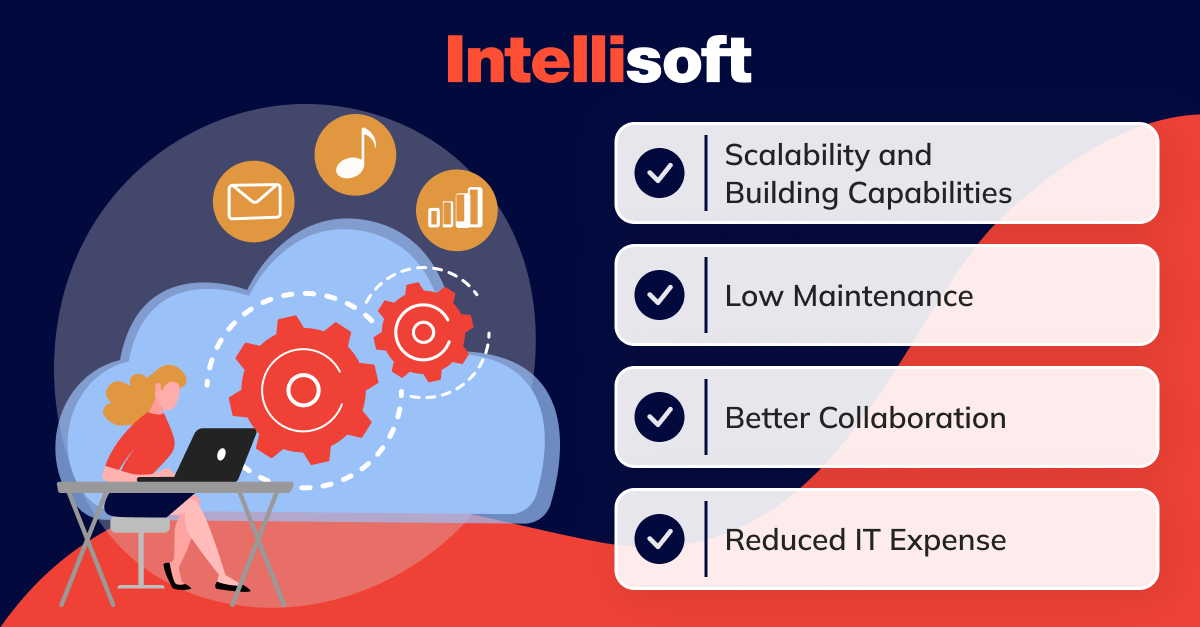
- Scalability and Building Capabilities
Cloud computing allows you to quickly scale up or down your infrastructure depending on the changing requirements. This helps ensure that resources are available when needed and organizations only pay for the resources they use at a given time. Moreover, cloud services provide a bunch of tools and services that allow you to build and deploy applications with greater speed and efficiency, accelerating development cycles and enhancing overall organizational capabilities. - Low Maintenance
Cloud computing eliminates the need for organizations to invest in and maintain their own physical hardware. The cloud service provider takes care of hardware maintenance, software updates, and security patches. This allows businesses to focus on their core competencies rather than managing complex IT infrastructure. - Better Collaboration
Cloud computing facilitates collaboration among teams, regardless of their physical location. With cloud-based applications and storage, employees can access and work on documents simultaneously, promoting real-time collaboration. This improves efficiency, especially in a globalized or remote work environment. - Reduced IT Expense
Cloud computing follows a pay-as-you-go model, where businesses only pay for the resources and services they consume. This eliminates the need for large upfront capital expenditures on hardware, and allows organizations to operate on an operational expense model. Additionally, the cost savings related to reduced maintenance, power, and cooling expenses contribute to overall lowered IT costs.
Disadvantages of Cloud Computing
Cloud computing, like any other type of computing service, has its drawbacks. These disadvantages should not discourage you from moving to the cloud, but rather help you prepare for them and address issues if they arise.
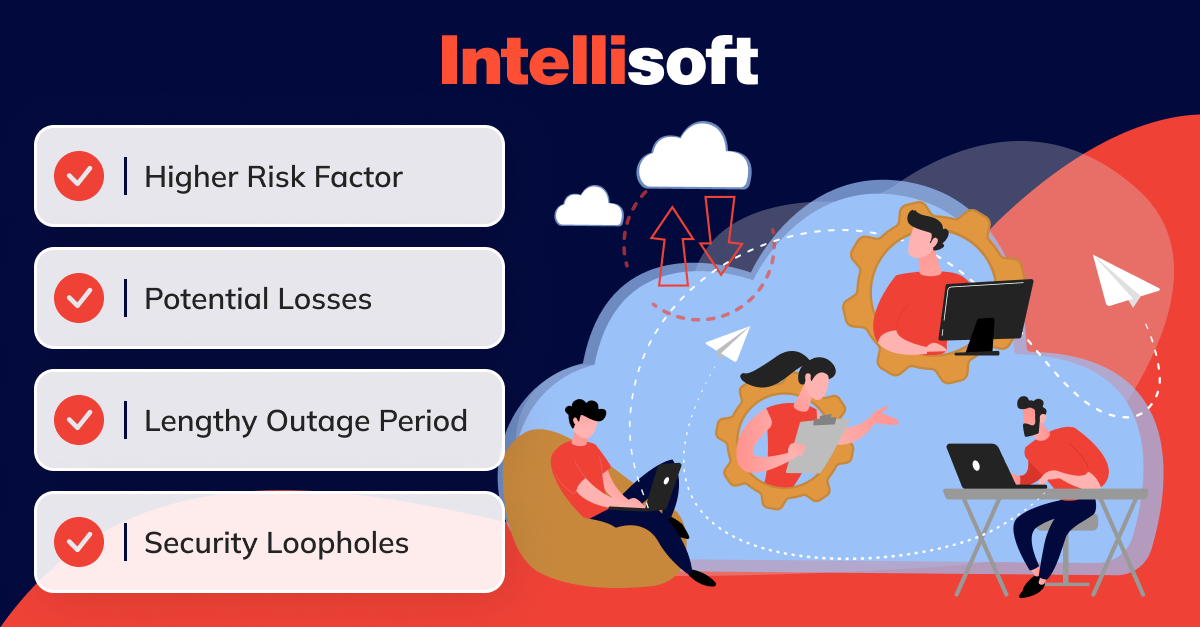
- Higher Risk Factor
All essential data is stored in the central system. Thus, when the data is migrated from the edge of the cloud, it increases the chances of attacks. Thus, it is critical to ensure that all security measures are in place and the data is highly protected from possible threats. - Potential Losses
While cloud service providers implement measures to ensure data redundancy and backup, there is still a risk of data loss. This could occur due to factors such as provider outages, accidental deletion, or data corruption. Organizations should have comprehensive data backup and recovery strategies in place to mitigate the impact of potential data losses. - Lengthy Outage Period
All cloud service providers may experience outages that can result in downtime for users and have business implications. Depending on how critical the applications are, organizations may face disruptions and loss of productivity during outage periods. - Security Loopholes
In a multi-tenant cloud environment, where multiple users share the same infrastructure, there is a risk of security vulnerabilities. If one user’s application has a security loophole, it could potentially impact the security of other users sharing the same resources. Strong isolation and security measures are necessary to prevent such vulnerabilities.
Use Сases in IoT
Cloud computing has multiple use cases in IoT, some of them being:
- Data storage and retrieval
Cloud computing provides a centralized and scalable storage solution for vast amounts of data generated by these devices. Users can store and retrieve data and archive historical data for future analysis. - Data analytics
Cloud-based analytics platforms process and analyze this data, providing insights into equipment efficiency, predicting maintenance needs, and optimizing production processes. Decision-makers can access actionable intelligence for strategic planning. - Cross-device synchronization
Cloud computing enables seamless synchronization of device states and settings across multiple platforms. If a user adjusts the thermostat setting using a mobile app, the cloud ensures that the updated information is synchronized and reflected on other devices in real-time.
Comparative Analysis: Edge Computing vs Cloud Computing in IoT
Performance and Latency
Edge Computing (EC)
- Minimizing Latency: Edge computing minimizes latency by processing data closer to the source (devices or sensors). Data doesn’t need to travel to a centralized cloud server, reducing the time it takes for a response.
- Real-time Processing: Edge devices can perform real-time processing, allowing immediate actions or responses without relying on round-trip communication to the cloud and back.
Cloud Computing (CC)
- Impact on Real-time Processing: Cloud computing involves data processing in centralized servers, which can introduce latency, especially for applications requiring real-time responsiveness.
- Latency Challenges: While cloud platforms have high processing capabilities, the latency introduced by data transit to and from the cloud can be a limitation for time-sensitive applications.
Security and Privacy
Edge Computing (EC)
- Localized Data Processing: Edge computing processes data locally on devices, reducing the need to transmit sensitive information to the cloud. This can enhance security and privacy by minimizing exposure to potential threats during data transmission.
- Privacy Considerations: Since data is processed closer to the source, sensitive information can be kept within a more controlled environment.
Cloud Computing (CC)
- Centralized Data Storage: Cloud computing involves centralized data storage, raising concerns about the security and privacy of sensitive information. Data transmitted to the cloud may be subject to potential risks during transfer.
- Compliance Measures: Cloud providers implement security measures, but users must trust the provider’s ability to safeguard data. Compliance with data protection regulations is crucial.
Scalability and Resource Utilization
Edge Computing (EC)
- Distributed Architecture: Edge computing follows a distributed architecture, where processing occurs on individual devices or local servers. This facilitates scalability by allowing the addition of edge devices without central resource constraints.
- Localized Workloads: Each edge device can handle its own workloads independently, optimizing resource utilization for specific tasks.
Cloud Computing (CC)
- Centralized Resource Management: Cloud computing relies on centralized data centers for resource management. While this allows for substantial scalability, it may face limitations during peak usage times or sudden resource demands.
- Elasticity: Cloud providers offer elasticity, allowing users to scale resources up or down based on demand. However, there may be latency implications during resource scaling.
Advantages of Edge Computing over Cloud Computing
- Reduced Latency: Edge computing provides lower latency by processing data locally, making it ideal for applications requiring real-time responsiveness, such as IoT devices in critical industries like healthcare and manufacturing.
- Enhanced Privacy: Localized data processing in edge computing minimizes the need to transmit sensitive information to the cloud, improving privacy and reducing the risk of data exposure during transit.
- Scalability for Distributed Environments: Edge computing’s distributed architecture allows for easy scalability, making it well-suited for IoT deployments in environments where devices are geographically dispersed.
- Improved Reliability: Edge devices can continue to operate independently even if the connection to the cloud is lost. This improves overall system reliability, especially in scenarios where a stable internet connection cannot be guaranteed.
- Bandwidth Optimization: Edge computing reduces the need for transmitting large volumes of data to the cloud, optimizing bandwidth usage and potentially lowering operational costs associated with data transfer.
Edge Computing vs Cloud Computing: Brief Differentiation Table
Here’s a table of the main differences between cloud computing vs edge computing in IoT:
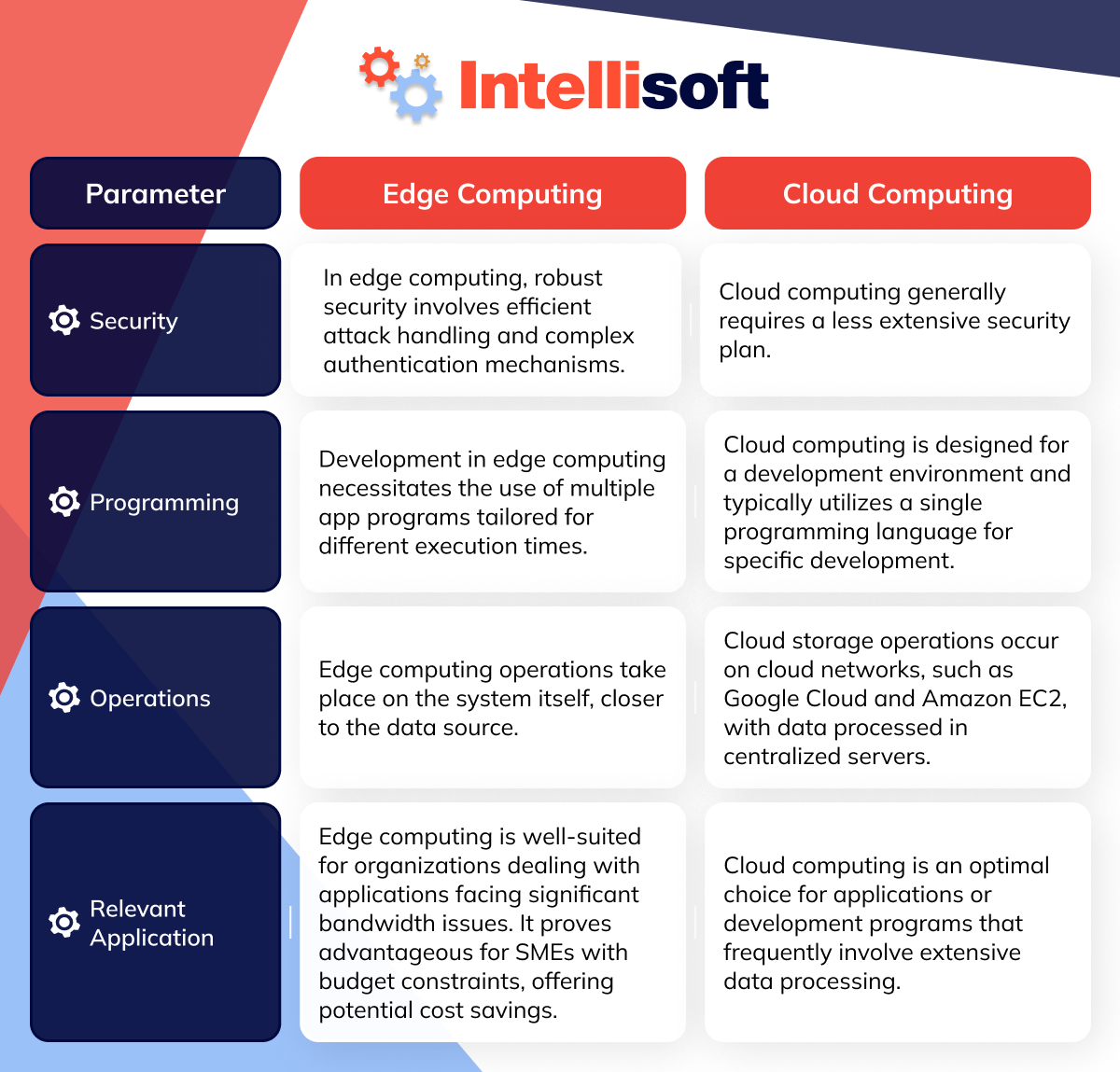
Choosing the Right Model for IoT Applications
In the landscape of IoT applications, choosing between cloud vs edge computing is critical for ensuring optimal performance and efficiency. Thus, you should carefully evaluate application requirements, network infrastructure, and data sensitivity. Tailoring the model to meet specific real-time processing needs, considering bandwidth limitations, and addressing privacy concerns are pivotal aspects of this process. Let’s see how to choose between cloud computing vs edge computing and what factors influence the decision.
Factors Influencing the Decision
- Application requirements
Understanding the specific needs of the application is paramount. Tailoring the model to handle real-time processing, considering latency, and accommodating resource constraints are critical aspects. Scalability requirements must also be assessed, ensuring the model aligns with the anticipated growth of the application. - Network infrastructure
The existing network infrastructure plays a critical role in determining the model’s effectiveness. Bandwidth limitations and network latency should be considered, guiding the decision on whether to leverage edge computing for reducing data transfer or cloud computing for centralized processing and storage capabilities. - Data sensitivity and privacy concerns
The sensitivity and privacy of IoT data require careful evaluation. Edge computing can be employed for on-device processing, minimizing data exposure and enhancing privacy. Adhering to data protection regulations is essential, influencing the choice of model to ensure compliance with legal and ethical considerations.
Hybrid Approaches
- Combining Edge and Cloud Computing for optimal results
The synergy of cloud computing and edge computing involves distributing computational tasks strategically. Edge computing handles real-time processing, ensuring immediate responses, while cloud computing is employed for resource-intensive tasks and long-term analytics. This hybrid approach enhances reliability, reduces latency, and optimizes overall performance. - Real-world examples of successful hybrid implementations
Numerous real-world examples showcase the efficacy of hybrid models across different industries. - Smart Cities
In smart city applications, edge devices perform real-time monitoring of traffic and environmental conditions, ensuring immediate responses. Meanwhile, cloud servers analyze data for long-term trend analysis, aiding in city planning and optimization. - Healthcare
Wearable devices at the edge enable real-time patient monitoring, facilitating timely healthcare interventions. Cloud-based systems then store and analyze historical health data, contributing to personalized treatments and predictive healthcare analytics. - Industrial IoT
In industrial settings, edge devices on machinery handle immediate data processing and control, ensuring operational efficiency. Cloud-based platforms provide predictive maintenance analytics and centralized monitoring for optimizing industrial processes. - Retail
Edge devices in retail stores manage real-time inventory and customer analytics, enhancing the overall shopping experience. Cloud-based systems offer centralized inventory control and business intelligence, aiding in strategic decision-making and resource optimization.
Conclusion
If you have been looking for a definite answer on which one is better, edge computing vs. cloud computing, it’s not possible to choose a winner here. Both edge and cloud computing have their advantages and disadvantages in the context of IoT, so everything depends on your business needs and requirements. For instance, edge computing allows local processing, helping reduce latency and network congestion; however, edge computing is limited in terms of scalability and local resources.
If you require high scalability, opt for cloud computing, as it allows for large-scale processing and grants you access to more computing resources. However, prepare for higher operational costs and more security risks as the data will be stored on remote servers.
To put it briefly, you need to assess your capabilities and needs and understand the difference between cloud and edge computing before choosing one. Edge computing will be perfect for real-time processing and decision-making, and it has lower operational costs if expenses are an important factor for you. If you need collusion for big data analytics, machine learning, and data storage, choose cloud computing. You don’t need to make this choice all by yourself; contact us, and IntelliSoft’s experts with more than 15 years of experience in the cloud will consult you on the matter and help your company move on to the next level with edge or cloud computing.
